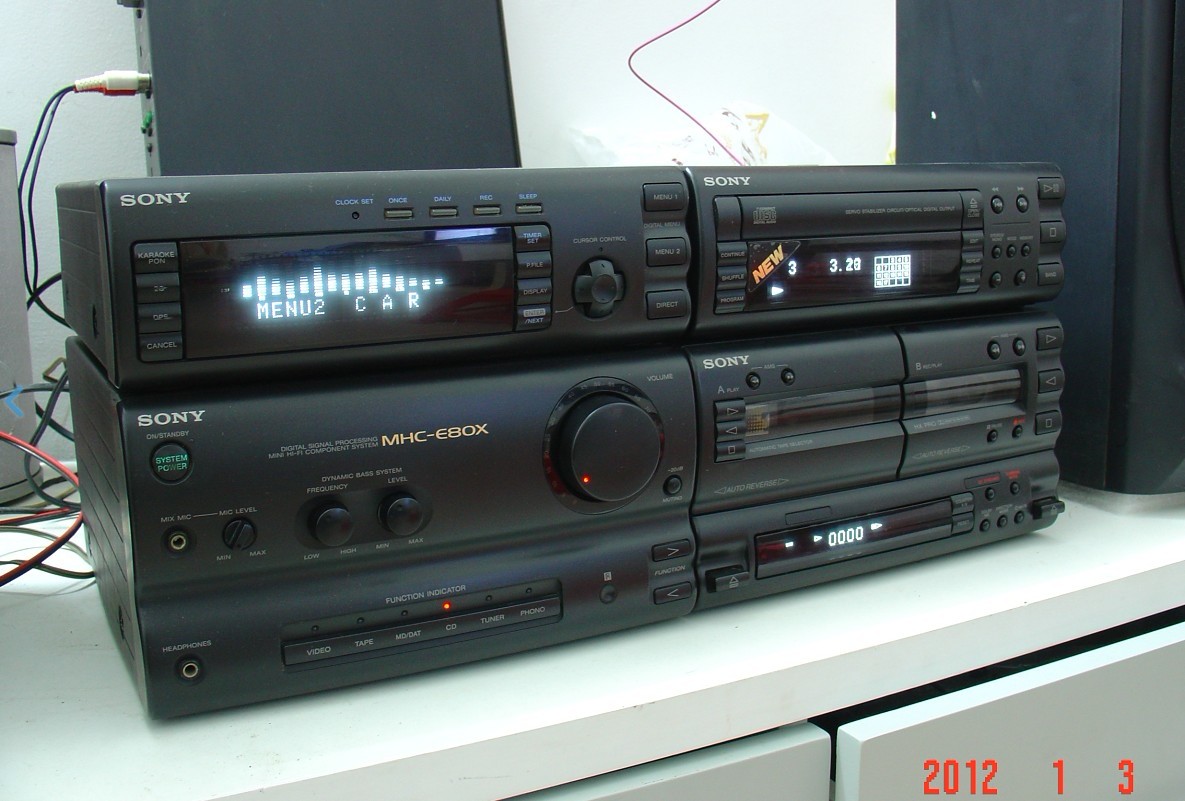

- #Connecting walkman to sony music center Pc
- #Connecting walkman to sony music center Bluetooth
- #Connecting walkman to sony music center plus
Its transparency and consistency were awe-inspiring. It was dynamically prodigious, kept up with harmonic complexities, and its transient aim was true. Whereas an iPod or smartphone would render objects within the soundstage as etched cartoons, the Walkman rendered 3D objects, loaded with shadings and nuances, often against spatially realistic or just dead silent backgrounds. The smoothing I’m talking about is not a dumbing down, but an absence of noise, an honest, clean, and unsmudged approach to everything. The NW-ZX2 is one of the smoothest audio products, of any kind, I’ve ever reviewed. (Sony also offers a Media Go application for this purpose.) Starting with the Oppo PM-2 planar headphones-at $699, a worthy match for a $1,200 player-I ran through lossy, CD-quality, and high-resolution files.
#Connecting walkman to sony music center Pc
I used the Walkman with Oppo PM-2, Sennheiser HD600, Sony MDR-V6, and AKG K240 headphones and loaded music from a Lenovo Windows 7 desktop PC using the operating system’s file interface. Do you really need the calculator and clock? The Chrome browser, YouTube, e-mail, and maps icons piggyback onto the unit’s Wi-Fi functionality. The main menu encompasses a dizzying 44 items, spread over three screens, most of which have nothing to do with music. A third-from-bottom row, sometimes visible depending on context, includes four icons: Google (for numerous Google-related features), Google Play Store, Bluetooth, and Ethernet. A second-from-bottom row of icons just above these accesses the Now Playing screen, sound adjustments, main menu, video library, and DLNA settings. On the bottom of the screen you’ll see a row of three icons: a home button, flanked by a back button and another button, this last leading to a screen offering quick access to Ethernet, the video player, DLNA, sound adjustments, and the music player.

#Connecting walkman to sony music center Bluetooth
LDAC-compliant products include Sony’s Bluetooth headphones and active speakers.īoot the Walkman and swipe aside the opening screen (unless you choose to set a passcode). The Walkman is a double-threat wireless device with dual-band Wi-Fi to access music on DLNA-compliant devices, and Bluetooth with Sony’s own LDAC signal format, which supports compressed 96/24 natively. No quick-charge power adapter is supplied, which is regrettable for a $1,200 product. Resolution can be up to 24 bits and a sampling rate of 192 kilohertz.
#Connecting walkman to sony music center plus
Other supported formats include ALAC, AIFF, and WMA, plus JPG for images. The unit is estimated to get 60-plus hours per charge when playing uncompressed PCM or highly compressed MP3 files going to lossless FLAC cuts that to 33 to 43 hours, DSD to 16 to 22 hours, and MPEG-4 video to 9 hours. Onboard memory is 128 gigabytes, but you can plug in a microSD, microSDHC, or microSDXC card to add up to another 128 GB. All jacks are on bottom, including the 22-pin proprietary-to-USB connector, microSD card slot, and 1/8-inch headphone jack, which is brass-ringed. They won’t catch on your clothing and are easy to find by touch. All controls are on the right side these include power, two volume keys, and three transport keys-all recessed, not bulging. Sony says the aluminum-covered gold-plated copper chassis “delivers high rigidity with low impedance, the ideal base from which to deliver superb audio reproduction.” Most of the NW-ZX2’s front is covered by a 4.6-inch, 854x480-pixel touchscreen. Inside that heavyweight chassis are some pretty advanced electronic guts, though, the kind that support great sound as well as a ton of bells and whistles. It’ll fit easily in your shirt pocket, but at half a pound, you’ll feel it. The top-of-the-line Walkman is about a half-inch taller than an iPhone and twice as thick, though far smaller than the Walkman cassette players of yesteryear. For the top-drawer Walkman NW-ZX2, reviewed here, Sony decided on more substantial build quality-and more of it. But that was a relatively lightweight device in more ways than one. Likewise, Sony went for an old-school nano-like form factor in its Walkman NWZ-A17.

For the seventh and final generation, Apple moved to a larger form factor, similar to early nanos except with the touchscreen replacing the clickwheel. There’s not much room for a fingertip to move. The tiny touchscreen device has about the footprint of a postage stamp, but that doesn’t make it easier to use. But is smaller always better? The smallest music player in my possession is the sixth-generation iPod nano. The new top-of-the-line Sony Walkman is not the smallest or lightest dedicated music player out there.


 0 kommentar(er)
0 kommentar(er)
